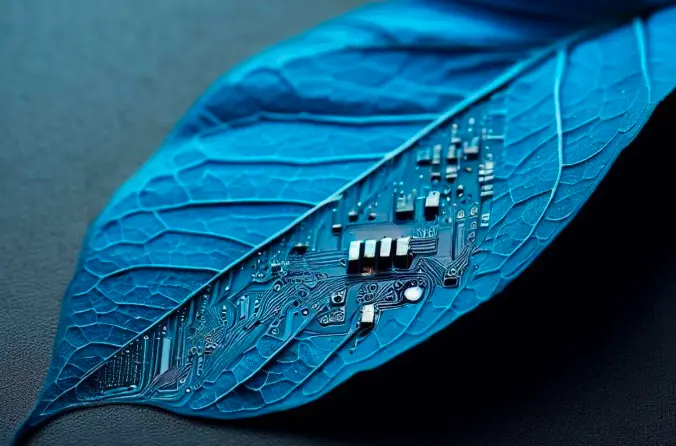The Spanish organization participates in the European project Adaptation, financed with 3.6 million euros.
Europe is clear. It wants more renewables, including, of course, photovoltaics. In October, the EU-27 endorsed their intention that by 2030 the share of green energies should reach 42.5% of total EU consumption, and Brussels has already set an ambitious roadmap for solar energy, which aims to reach 750 GW by the end of the decade. However, if we want to go further in this implementation we have to face important challenges, such as dealing with intermittencies – the annoying lags between generation and demand -, improving storage systems or continuing to work on increasingly efficient technologies.
The CSIC has set itself the goal of pursuing this last objective and creating quantum solar energy capable of self-regulating its temperature. To this end, it is already working on nanodevices capable of absorbing and transporting energy with remarkable capabilities that, among other things, will allow them to cool themselves and be applied directly to cars or houses as if they were paint.
Inspired by nature. This is the philosophy of Adaption, a European project in which the CSIC, the University of Minho and the University of Vigo, among other institutions, have embarked, and which aims to develop devices capable of absorbing solar energy and converting it into electricity while reducing its temperature to avoid energy and efficiency losses. All, we repeat, inspired by natural phenomena, such as plant photosynthesis.
“The integration of photovoltaic or solar energy capture technologies is incompatible with technologies that allow efficient temperature management,” acknowledges Pedro García, a researcher at the Madrid Institute of Materials Sciences (ICMM-CSIC), one of the organizations involved in the project. To solve this problem, the scientists have decided to go for “a groundbreaking solution”: “Combining everything in a single material, achieving a good thermal response by optimizing the capture of the sun’s energy”.
Betting on biology. When looking for solutions, the ICMM-CSIC experts and the other organizations involved, such as the Institute of Optics (IO-CSIC) or the International Iberian Nanotechnology (INL) have decided to look to quantum biology and draw inspiration from the phenomena that occur during photosynthesis.
After all, as Sara Núñez-Sánchez, project coordinator at the Universidade do Minho, reminds CSIC, plants stand out both for their ability to absorb energy and, above all, for how they manage it. “They transport that energy very efficiently thanks to non-trivial quantum phenomena. This is what the project is going to imitate by creating a new concept of device for solar energy conversion,” shares the CSIC, which specifies that Adaptation has already received 3.6 million euros from the EU Pathfinder grants.
Photosynthesis and desert. Adaptation aims to mimic how photosynthetic tissue is organized at the molecular level and to generate “new materials” with which to develop a device made up of nanometric structures that move on the nanometer scale. In addition, they will offer three capabilities for generating electricity: absorbing energy, transporting it efficiently and, finally, thermal control to avoid loss of efficiency due to heat.
What the scientists of the European project are looking for is that it can cool itself efficiently, through what is known as “radiative cooling”, without incurring energy costs. “To do this, researchers will reproduce the process that makes the Earth in, for example, the desert,” they add from the CSIC.
Just like a painting. One of the peculiarities of Adaptation is how its authors propose the final result. What they have in mind, the organization acknowledges, bears little resemblance to the solar devices we are used to seeing in fields, terraces or other installations with photovoltaic panels.
The CSIC assures that its nanodevices will be “flexible” and will be applied to the surface of targets just like paint. “By coating urban elements such as cars or houses, they will provide energy while controlling their temperature, which will allow them to adapt to the climatic needs of each region,” it explains.
In any case, its authors claim that the technology will go “beyond” energy management and in the future could benefit other areas, such as achieving more efficient transport of information. “We will lay the foundations of a new technology that will have an impact beyond energy management technologies, such as how we transport information in a more sustainable way, thus reducing our dependence on critical materials,” says Núñez-Sánchez.

